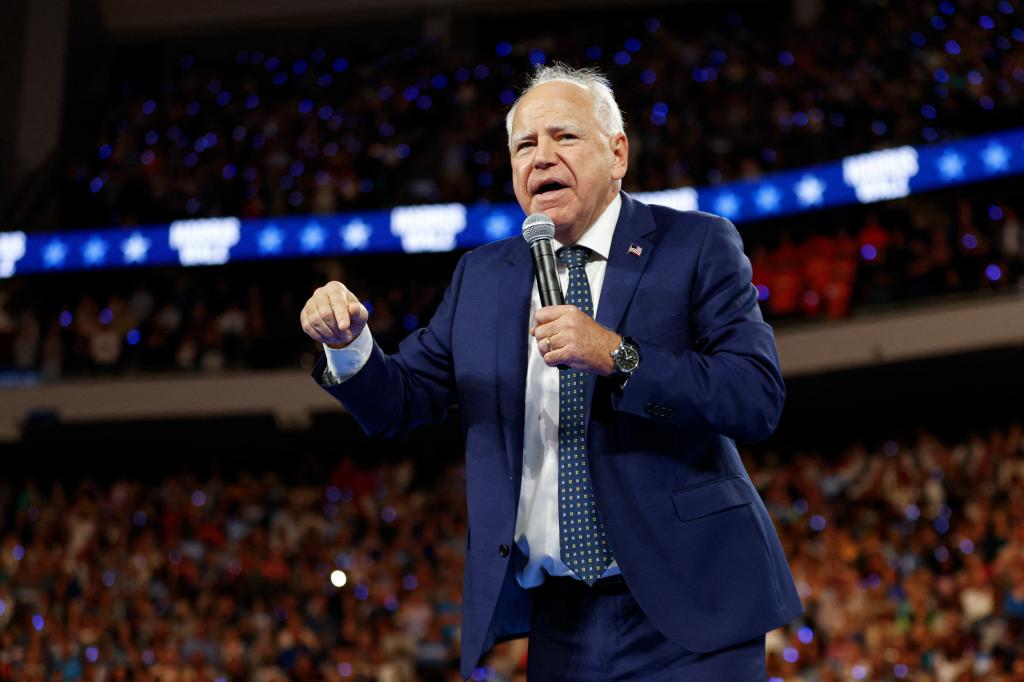The Paradox of the Middle Class Vote: Why Did a Billionaire Beat a "Middle-Class" Ticket?
Minnesota Governor Tim Walz, Vice President Kamala Harris’s running mate in the 2024 presidential election, expressed his bewilderment in a post-election interview regarding the outcome of the race. He questioned how a billionaire like Donald Trump could defeat a ticket he perceived as representing the middle class – himself, a former high school teacher, and Harris, a former attorney. Walz wrestled with the disconnect between his campaign’s message and the choice made by a significant portion of middle-class voters who ultimately sided with Trump.
Walz’s central argument hinges on the perceived contrast between his and Harris’s backgrounds and economic status compared to Trump’s. He highlighted his own relatively modest financial standing, even pointing out being identified as potentially the "least wealthy person to ever run for vice president" by the Wall Street Journal. He believed this, coupled with Harris’s career as an attorney, should have resonated with middle-class voters facing economic challenges. The implication is that their lived experiences would make them more attuned to the needs and struggles of this demographic.
The governor underscored his commitment to focusing on middle-class issues throughout his political career. He expressed confidence in the Democratic Party’s platform and the ideas presented during the campaign, asserting that they addressed the concerns of working Americans. Yet, the election results pointed to a different reality, leaving him grappling with the apparent disconnect between his party’s message and the voters’ reception of it.
Walz attributed the loss to a failure in communication. He believed that the Democratic ticket didn’t effectively convey their understanding of and commitment to the middle class. He confessed that this was the aspect of the election that troubled him the most, recognizing the need for improved communication strategies to bridge the gap between the party’s intentions and the public’s perception. He stressed the importance of demonstrating to the American public that the Democratic Party genuinely prioritizes their concerns.
The governor’s surprise at the outcome extended beyond the perceived disconnect with the middle class. He recalled the positive atmosphere he experienced during campaign rallies and interactions with voters, leading him to believe that momentum was on their side. This perception contrasted sharply with the final results, further adding to his bewilderment. He admitted feeling surprised and had assumed their positive message would resonate with a country he perceived as being ready for change.
Walz’s post-election reflections expose a central challenge for the Democratic Party: effectively connecting with and persuading middle-class voters. His focus on his and Harris’s backgrounds as representing the middle class underscores a strategy that seemingly failed to gain traction. The governor’s admission that the Democratic Party needs to do a better job of demonstrating its understanding of middle-class concerns highlights a critical area for improvement moving forward. This challenge involves not only crafting policy proposals that address economic anxieties but also communicating them in a way that resonates with the target audience. The disconnect between the perceived "middle-class" ticket and the voters it sought to represent reveals a complex interplay of factors influencing electoral outcomes, extending beyond simple economic considerations.

